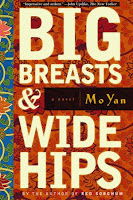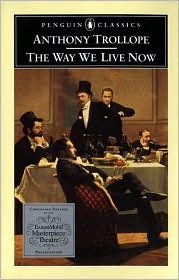Sam Bourne is a literary pseudonym for Jonathan Freedland, an award-winning journalist and broadcaster. He writes a weekly column in the
Guardian, as well as a monthly piece for the
 Jewish Chronicle
Jewish Chronicle. He also presents BBC Radio 4's contemporary history series, The Long View.
His latest novel
Pantheon is now available in the UK.
One of his five favorite classic thrillers, as told to Daisy Banks at The Browser:
The Thirty-Nine Steps
by John Buchan
Finally, what is it about John Buchan’s The Thirty-Nine Steps that makes it such a good thriller?
I haven’t read this for a long, long time. But it has stayed with me since reading it in boyhood. It is extraordinarily fast paced. A huge part of any good thriller is the chase, and this is very good on that. Buchan has a protagonist who is in some ways a precursor to James Bond, in that he is suave, sophisticated and ingenious. It is an espionage story, and the fate of the country is at stake. And it has what every good thriller story should have, which is that no matter how high-concept and overlaid with political intrigue a novel is, it has to be a cracking good yarn. This is one of those classic page-turner, fast, exciting stories.
How do you go about creating suspense and pace yourself?
You know the beginning and you know the end. Your job is a bit like holding a reel of yarn and unspooling it very gradually and steadily. It is very tempting to let the reel  start spinning and have all the yarn out in a matter of seconds. You will get to the end that way, but it is better to unspool it gently and steadily. Each scene should only reveal one more stretch of yarn at a time.
start spinning and have all the yarn out in a matter of seconds. You will get to the end that way, but it is better to unspool it gently and steadily. Each scene should only reveal one more stretch of yarn at a time.
In that sense it is quite different from journalism, where the first line of any news story essentially tells you what the entire story is. Writing a novel is the reverse. You shouldn’t know fully what has happened until you read the last line. A thriller should be slow release, even when it is a very fast-paced story – and that will keep people with you. In each chapter you give them another piece of the puzzle.
It’s quite similar to how people tell a story. If you see people sitting around a table, they all do this. Both my parents, in different ways, are storytellers. When I was a child, they would tell me a little bit at a time and keep my interest alive. So – despite being a journalist – when I came to write novels, I found it less of a departure from everything that I had done before than I was expecting.
Read about
the other books Bourne tagged at The Browser.
--Marshal Zeringue
 One title on her list:
One title on her list:















































